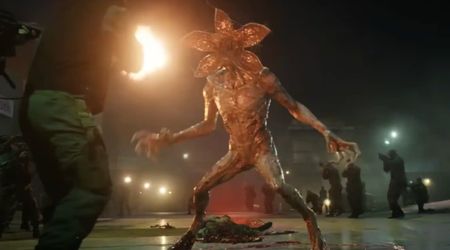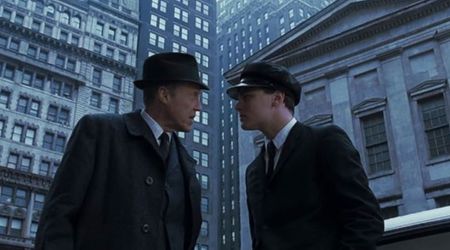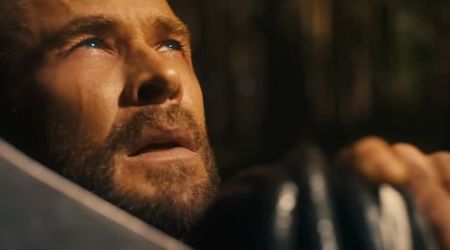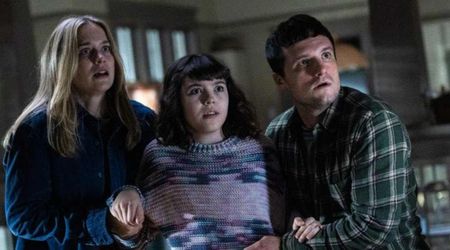'The Prison Within': How does intergenerational trauma in minority populations affect violence in community?

The US legal system has major disparities when it comes to criminal justice. Minority populations, such as people of color or low socio-economic groups, share a rather controversial relationship with the criminal justice system from interaction with the law to imprisonment. African-Americans are five times more likely to be incarcerated than Whites and their sentences are also almost always harsher than their racial counterparts, as per a research article by Journal of Traumatic Stress Disorders & Treatment. The one significant detail about prisoners that is often ignored is the trauma they face, not only while incarcerated but also prior to their confinement. 'The Prison Within', an unscripted film by Katherin Hervey, is a documentation of the lives of prisoners at the San Quentin State Prison. It explores the effects of imprisonment, as well as the mental health and trauma of those incarcerated on counts of murder.
Prisoners experience trauma while in incarceration, and in most situations, it is left untreated. So when they are reintegrated into society, the trauma multiplies becomes a catalyst for the recurring cycle of violence and trauma. It not only affects the person that falls victim to the violence, but also the perpetrator and the community as a whole. Sonya Shah, the founder, and director of The Ahimsa Collective who also hosts the 'Victim Offender Education Group' (VOEG) featured in the film, says that in most cases, prisoners usually bear a pre-existing trauma stemming from intergenerational or historical roots.

Intergenerational trauma is focused on generations of families who have undergone and are still enduring experiences of historical and chronic trauma that has been transmitted generations, through acts of abuse and violence. While engaged in the weekly VOEG sessions, which is an attempt to heal their trauma by confrontation and a psychological cleanse, San Quentin prisoners divulged how the maternal and paternal trauma that they faced as children carried on well into their adulthood and manifested itself in the form of violence that was punishable by law. Maltreated children are at risk of developing long-lasting trauma symptoms, and if left unchecked can affect their own children's lives and so forth.
The term 'intergenerational trauma' was first used by Maria Yellow Horse Brave-Heart Jordan in the 1980s: “The collective and compounding emotional and psychological injury over the lifespan that is multigenerational and resulting from a history of genocide.” It was further elucidated by the Substance Abuse and Mental Health Services Administration as, “Unresolved grief and anger often accompany this trauma and contribute to physical and behavioral health disorders. This type of trauma is often associated with racial and ethnic population groups in the United States who have suffered major intergenerational losses and assaults on their culture and well-being.”

Shah also acknowledges that historical events that have devastated whole communities such as the genocide of native people, the Holocaust, the Vietnam War, the Rwandan genocide the legacies of slavery, and more are another contributing factor to intergenerational trauma. It leaves behind a huge weight on the community that can be passed down from ancestor to ancestor and father to son. Offsprings often end up grappling with their parents' post-traumatic state. Researches say that the transgenerational effects are not only psychological but familial, cultural, social, neurobiological, and possibly even genetic.
The film shines a light on the relationship between the ongoing racial discrimination and trauma that prisoners at the San Quentin jail have faced in their lifetime. Several African-American prisoners shared personal accounts of the xenophobia and bigotry they experienced as children in the segregated south and how they were victims of racially-fuelled violence. These racially-charged tensions and violent behaviors have been rampant since slavery and the Jim Crow era, and many who were directly impacted by the atrocities have never recovered from the trauma, as it continues to filter through the descendants.

Native populations have also faced similar hardships with incumbent and discriminatory policies that drove them out of their lands and contributed to the assault on their cultural identity, education, and even health. The Indian Appropriation Act (1851–1880) and the Mandatory Boarding School Era (1878–1920) adversely affected the native communities and resulted in them experiencing intergenerational poverty, geographic isolation, unemployment, high mortality, etc. Intergenerational trauma also had severe ramifications in the traditional ways of child-upbringing, family structure, and relationships.
Research also shows that the common responses to historical trauma may include signs of overall poor physical and emotional health, low self-esteem, depression, higher suicidal tendencies, and substance abuse. It has disrupted the sense of community. Violence experienced by victims is shifted outwards resulting in them committing crimes and acts of violence driven by their untreated trauma. Breaking that cycle is the first step towards healing, says Shah. Doing so would not only mean that a person is healing for themselves or for generations to come but also for those that experienced it in the past.
'The Prison Within' will be available on-demand and home video on August 25.










